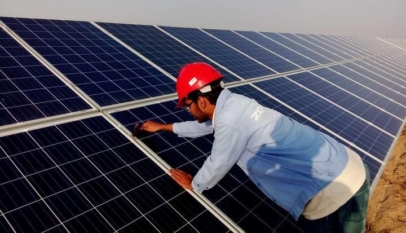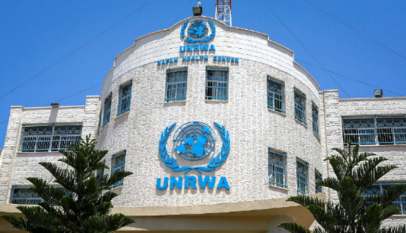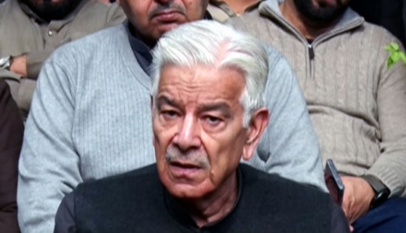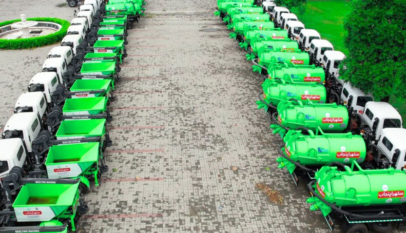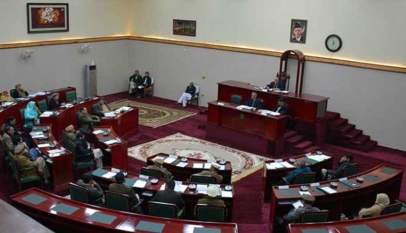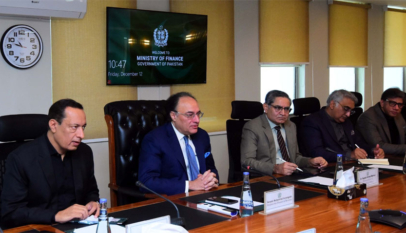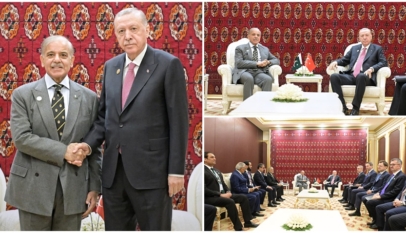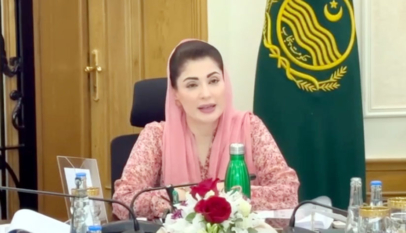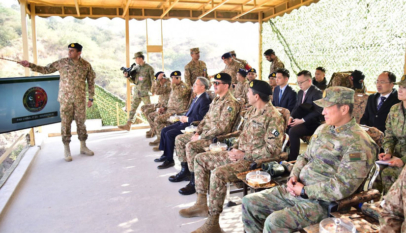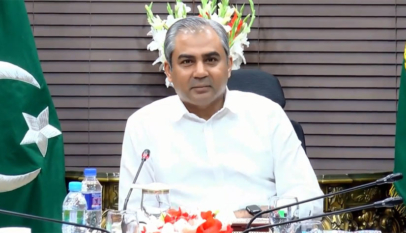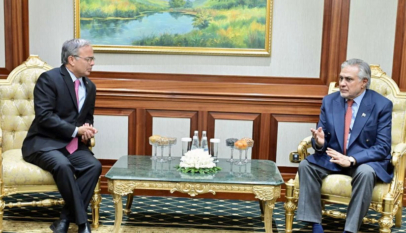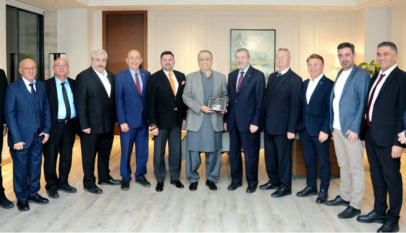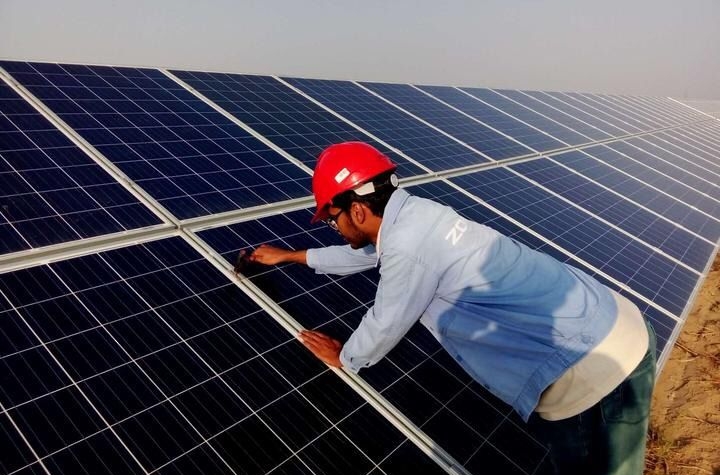
In the outskirts of Bahawalpur city in Punjab, Pakistan, tens of thousands of azure solar photovoltaic panels are neatly arranged, resembling a lake in the desert, creating a magnificent sight.
This photovoltaic power station, built by Zonergy Corporation (hereinafter as “Zonergy”) , is a priority project under the framework of the China-Pakistan Economic Corridor and the largest new energy project. Established in 2007, Zonergy is a Chinese high-tech world-renowned enterprise specialized in smart microgrid integrated solutions.
Over the past seven years, the power station has cumulatively generated approximately 3.7 billion kilowatt-hours of electricity, supplying power to local households and supporting economic and social development, effectively alleviating Pakistan’s power shortages.
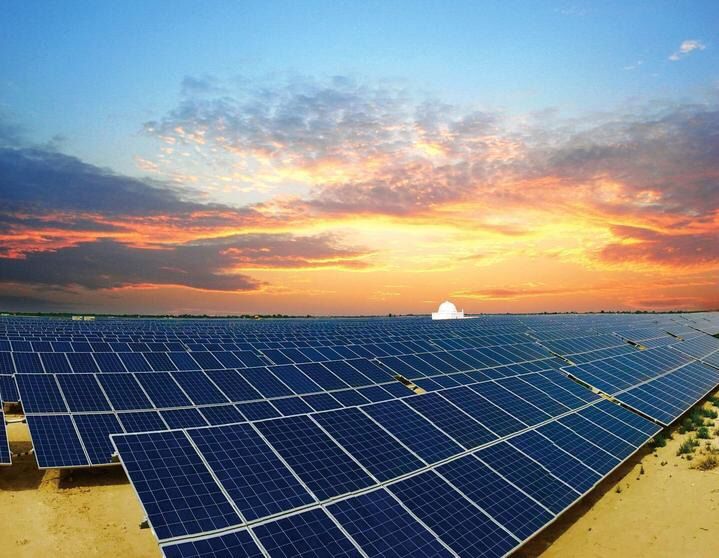
In April 2015, with the witness of leaders from China and Pakistan, the photovoltaic power station project was initiated. The project is divided into three phases with a total investment of 1.5 billion U.S. dollars and a total installed capacity of 900 megawatts. In 2016, the first phase of the 300-megawatt photovoltaic power station project was officially put into commercial operation, becoming the first successfully grid-connected energy project of the China-Pakistan Economic Corridor.
“Electricity supply in Pakistan has been very tight for a long time, often plagued by power outages,” said Han Xunjian, Chairman of Zonergy. ” Before the completion of the first phase of the project in 2016, Bahawalpur city experienced daily power cuts lasting 8 to 10 hours, severely affecting people’s lives and hindering local development, while the cost of thermal power generation is extremely high.”
“After the project was completed, it greatly relieved the local power grid’s supply pressure, bringing light to thousands of households. The project can provide a stable 500 million kilowatt-hours of clean energy to the local area each year, meeting the electricity needs of approximately 200,000 households, accounting for about 30% of the region’s demand,” he said. Over the years, this project has gained wide recognition from the local government and people.

During the project’s construction, Zonergy also created more than 3,000 job positions for the Pakistani side. After the project went into production, local employees occupied 80% of the operation and maintenance positions.
“Pakistan did not have photovoltaic power stations or the technical talent for operating and maintaining power stations before. We used a ‘teacher-apprentice’ approach to train more than 100 engineers and technical workers locally for the operation and maintenance of the power station,” Han said some local employees were not only participants in the project but also beneficiaries.
The completion of this project is not just about infrastructure but also about mutual respect and understanding between the two countries’ peoples. An interesting detail is that during the installation of photovoltaic panels, the Chinese construction team deliberately preserved mosques for the local residents’ convenience.
In addition, Zonergy used this project as a base to provide photovoltaic technology training to locals and collaborated with some Pakistani universities by donating equipment for laboratories, sending professional engineers to teach students, and creating internship opportunities for university students who have a passion for photovoltaics.
“Pakistan has abundant and high-quality solar resources, with tremendous market potential,” Han explained. In Punjab alone, using photovoltaic power generation, about 6 kilowatt-hours of electricity can be generated per square meter each day. The Pakistani government has also formulated renewable energy plans, with the expectation that the share of renewable energy will increase to 30% by 2030.
“We are full of confidence in Pakistan’s new energy market,” Han said. New energy is a pressing need for Pakistan’s development. Over the years, Pakistan has mainly relied on thermal power generation for its overall electricity supply, and the development of green energy is still in its infancy, with vast market potential. Therefore, in the future, the company will continue to increase investment in projects and market development.
Currently, in addition to maintaining the stable and efficient operation of existing photovoltaic power stations, Zonergy is closely coordinating with relevant departments of the Pakistan government to accelerate the progress of subsequent projects, ensuring the high-quality construction of photovoltaic power station projects.
Addressing the situation where many low-income Pakistani households cannot afford high electricity prices, Zonergy is tailoring an integrated “photovoltaic + energy storage” solution for local people. This includes installing small photovoltaic panels and complementary equipment on rooftops to help residents save their living electricity costs.
At The Third Belt and Road Forum for International Cooperation concluded just now, China announced eight actions to support the high-quality construction of the Belt and Road Initiative, including “promoting green development.” China explicitly stated that it would continue to deepen cooperation in the field of green energy and establish a dialogue and exchange mechanism for the photovoltaic industry and a network of green and low-carbon experts.
“As practitioners of the Belt and Road Initiative’s new energy construction, the national declaration and support at this forum have given us greater confidence,” Han said. “In the future, we hope to create more value for Pakistan’s new energy market, support Pakistan’s transformation and upgrade of green energy, and contribute our wisdom and strength to the new energy cooperation between China and Pakistan.”

